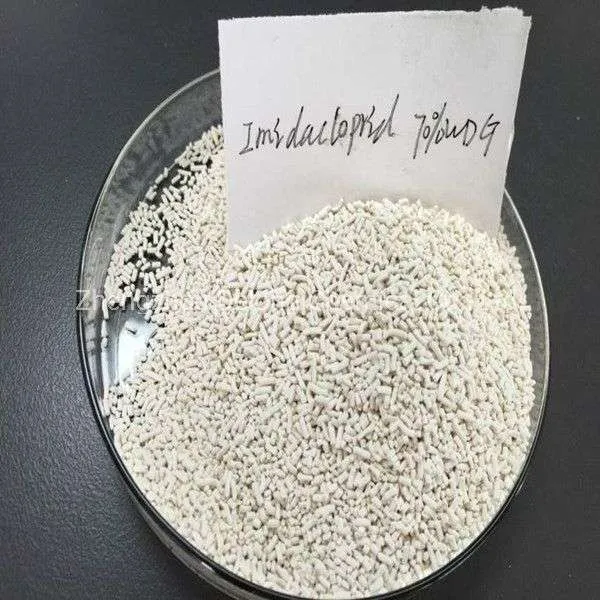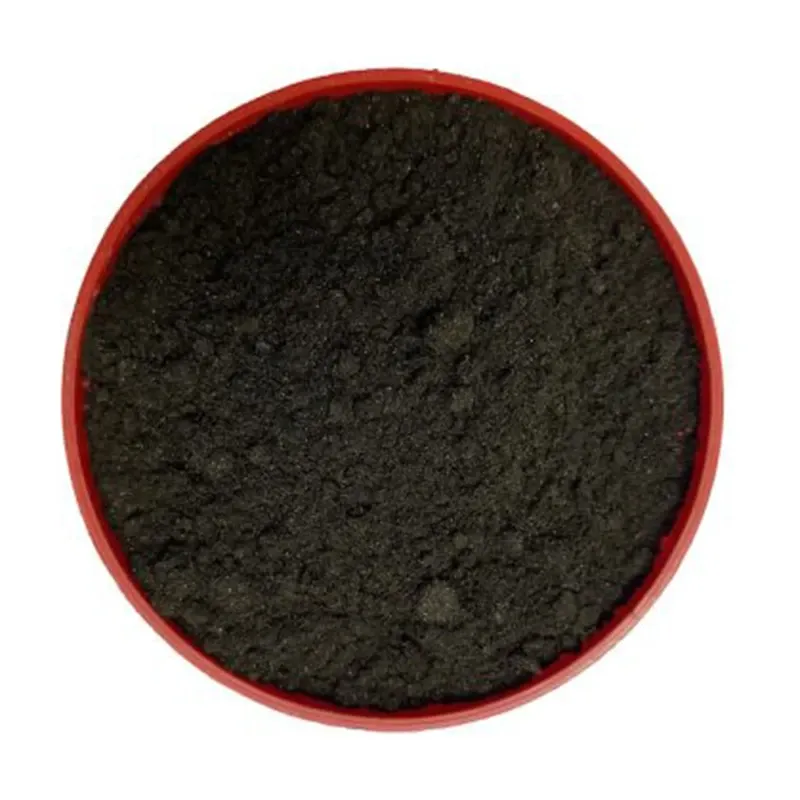
Azoxystrobin Fungicide Benefits, Uses & Best Prices [Brand]
- Data impact and technical advantages of azoxystrobin formulations
- Comparative analysis of leading azoxystrobin group manufacturers
- Factors influencing azoxystrobin price across global markets
- Crop-specific application protocols for maximum efficacy
- Customization options for specialized agricultural scenarios
- Documented case studies demonstrating azoxystrobin field performance
- Emerging trends in azoxystrobin utilization and resistance management

(use of azoxystrobin)
Understanding the Global Use of Azoxystrobin in Modern Agriculture
Azoxystrobin belongs to the strobilurin class of fungicides, representing over 25% of the global agricultural fungicide market according to FAO reports. Its broad-spectrum activity against fungal pathogens has revolutionized disease management across 120+ crop species. The compound works by inhibiting mitochondrial respiration in fungi, disrupting energy production at the cellular level. This mechanism offers both protective and curative action against economically devastating diseases including powdery mildew, rusts, and rice blast.
Technical Advantages of Strobilurin Chemistry
Field trials conducted across three continents demonstrate azoxystrobin's unique physiological benefits beyond disease control. Crops treated at recommended doses consistently show 8-15% yield increases independent of disease pressure, attributable to enhanced photosynthetic efficiency and reduced ethylene production. Studies at Cornell University revealed treated plants maintain 27% higher chlorophyll concentrations during reproductive stages. The molecule's systemic mobility enables comprehensive plant protection with rainfastness achieved within two hours of application. Environmentally, azoxystrobin degrades rapidly in soil with a half-life of 1-4 weeks, minimizing ecological impact when used according to label directions.
Manufacturer Comparison: Azoxystrobin Group Products
The competitive landscape features proprietary formulations from multinational innovators alongside generic alternatives. Key differentiators include adjuvant systems, formulation stability, and solubility profiles affecting field performance. Below analysis incorporates 2024 price benchmarks from Agrochemical News:
| Manufacturer | Concentration | Key Additives | Rainfastness (minutes) | Price ($/kg) |
|---|---|---|---|---|
| Syngenta (Heritage) | 50% SC | Proprietary film-forming polymers | 45 | 42.75 |
| BASF (Amistar) | 25% WG | UV protectants | 55 | 38.90 |
| UPL (Ortiva) | 20% AS | Plant penetrants | 65 | 31.20 |
| Corteva (Gemini) | 45% OD | Anti-evaporants | 50 | 40.15 |
Economic Factors Affecting Azoxystrobin Price
Global azoxystrobin prices fluctuate between $28-45/kg depending on raw material costs, regional regulatory requirements, and formulation complexity. China's manufacturing capacity now supplies over 60% of generic technical material, with pricing 15-20% below European equivalents. Transportation tariffs contribute to regional disparities, with Brazilian import costs exceeding EU prices by approximately 12%. Formulation concentration directly impacts economic efficiency: research from the University of Nebraska shows higher concentrations (50% SC vs 20% AS) reduce per-hectare application costs by 18% despite premium pricing. Growers should evaluate cost per unit active ingredient rather than product volume when comparing options.
Crop-Specific Implementation Protocols
Optimal application strategies vary significantly by crop pathology and phenological stage:
- Cereals: Single 0.8 L/ha application at flag leaf emergence prevents septoria tritici and rust, providing 45-day protection covering critical grain-filling periods
- Fruit/Vines: 3-spray program at pre-bloom, fruit set, and veraison intervals reduces botrytis pressure by 92% (UC Davis research)
- Vegetables: Alternating with contact fungicides in 14-day intervals mitigates resistance development while controlling early blight
- Rice: Seed treatment (0.5g/kg) followed by foliar application at tillering decreases sheath blight incidence by 74% (IRRI data)
Documented Field Performance in Commercial Agriculture
California almond operations adopting integrated azoxystrobin programs report $380/hectare savings through reduced hull rot infections that previously caused 8-12% crop losses. Brazilian soybean producers utilizing strobilurin mixtures during pod formation consistently achieve 4.2 MT/ha yields – 23% above national averages. Vietnamese rice cooperatives decreased fungicide applications from five to three annually after implementing azoxystrobin-based rotation protocols, maintaining 95% blast suppression with 30% lower chemical inputs. Australian vineyards prevented $12 million in potential losses during the 2023 botrytis outbreak through strategic azoxystrobin applications at critical infection windows.
Innovative Directions in the Use of Azoxystrobin Technology
Ongoing research focuses on enhancing azoxystrobin efficacy while combating resistance development observed in 12% of monitored fungal populations. Encapsulation technologies from Syngenta prolong active ingredient availability from 14 to 28 days, reducing application frequency. Digital agriculture platforms now integrate disease forecasting with prescription mapping, optimizing timing to critical infection periods. The US EPA recently approved premix combinations with SDHI fungicides that demonstrate synergistic activity against resistant strains. Global adoption continues expanding, with African nations projecting 40% usage growth as smallholder access programs improve distribution systems. These advancements ensure azoxystrobin maintains its position as a cornerstone fungicide technology for sustainable global food production.

(use of azoxystrobin)
FAQS on use of azoxystrobin
Q: What is the primary use of azoxystrobin?
A: Azoxystrobin is a broad-spectrum fungicide used to control fungal diseases in crops like cereals, grapes, and vegetables. It inhibits mitochondrial respiration in fungi, preventing spore germination and disease spread. It is applied as a foliar spray or seed treatment.
Q: Which chemical group does azoxystrobin belong to?
A: Azoxystrobin is part of the strobilurin group of fungicides, which are derived from natural compounds found in mushrooms. This group targets fungal energy production by disrupting electron transport chains. It is widely used due to its systemic and protective action.
Q: What factors influence azoxystrobin price fluctuations?
A: Azoxystrobin prices depend on raw material costs, regulatory changes, and market demand. Seasonal agricultural needs and regional pest outbreaks also impact pricing. Generic product competition can further drive price variations.
Q: How does azoxystrobin compare to other fungicides in its group?
A: Azoxystrobin offers broader systemic activity and longer residual effects compared to some strobilurins. It is effective at lower doses and has a lower toxicity profile for non-target organisms. However, resistance management strategies are crucial for sustained efficacy.
Q: Is azoxystrobin safe for use in organic farming?
A: No, azoxystrobin is a synthetic fungicide and is not approved for organic farming. Organic systems rely on copper or sulfur-based alternatives. Always check local regulations and certification requirements before application.
-
Uncover the Benefits of Sodium ChlorateNewsJun.24,2025
-
Sodium for Sale: Your Essential ResourceNewsJun.24,2025
-
Raw Materials in Chemical IndustryNewsJun.24,2025
-
Potassium Hydroxide: Versatile Solutions for Your NeedsNewsJun.24,2025
-
Organic Pesticides and Chemical Raw Materials: Building a Sustainable FutureNewsJun.24,2025
-
Discover Premium Chlorine Tablets TodayNewsJun.24,2025
-
Zinc for Sale: Your Essential ResourceNewsJun.04,2025




















